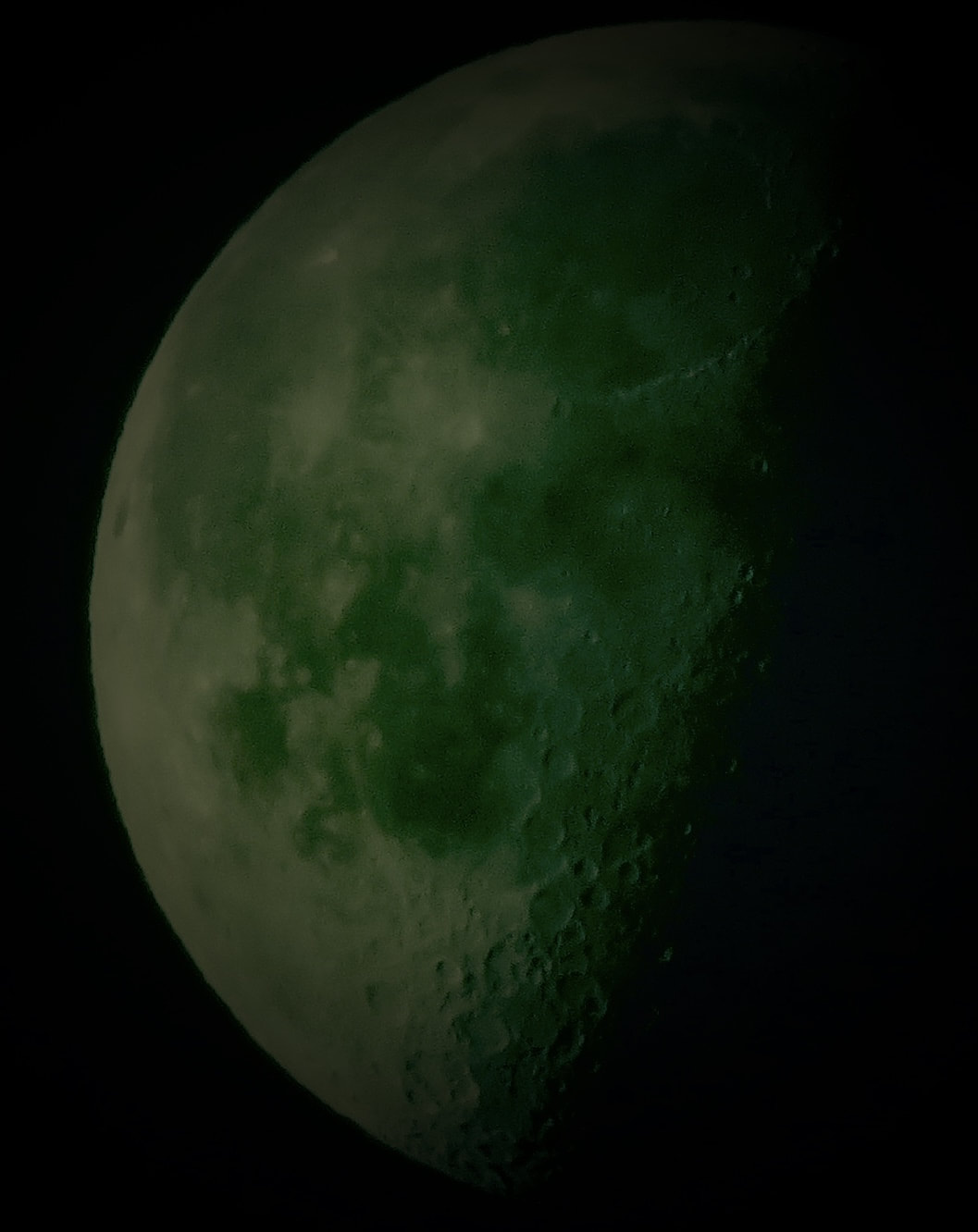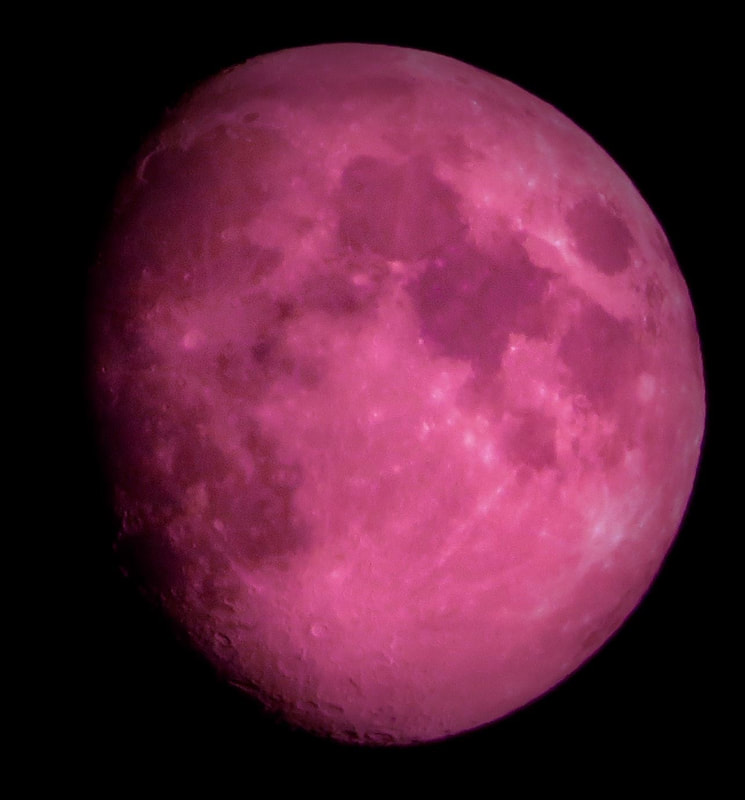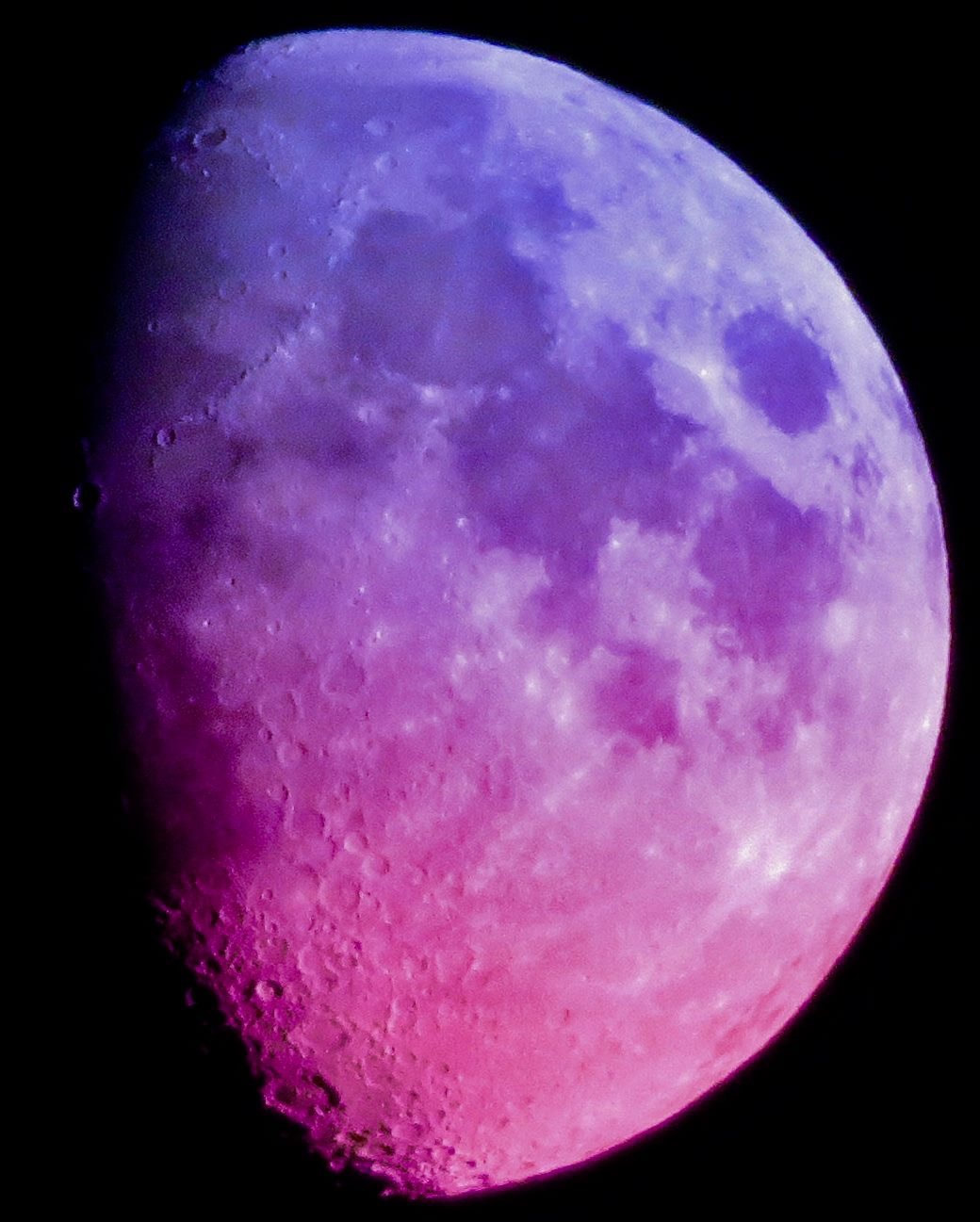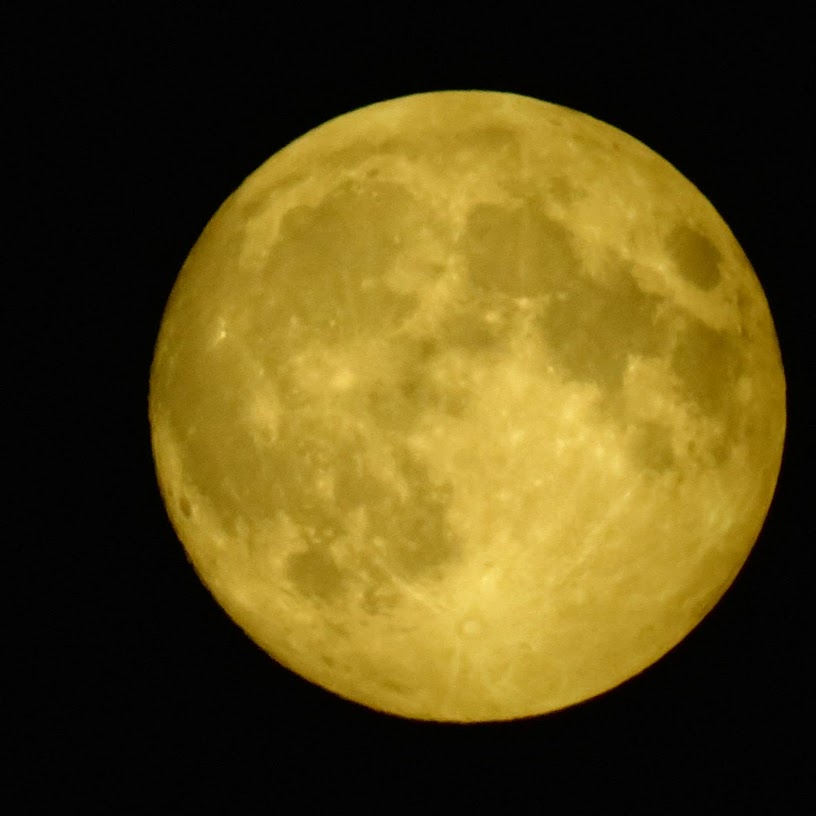Ancient India as described by Ptolemy
By J.W.McCrindle
Published by Trubner & Co., London - 1885
Read Book Online:
http://bit.ly/PwDsUe
Download pdf Book:
https://bit.ly/30HwvsU
Biography:
Claudius Ptolemy (fl. AD 127-145) was an ancient geographer, astronomer, and mathematician. He is known today through translations and transcriptions of his work, but little is known about his life besides his residence in Alexandria.
Several of his works are still known today, although they have passed through several alterations and languages over the centuries. The Almagest, in thirteen books, discusses astronomy. It is in the Almagest that Ptolemy postulates his geocentric universe. His geometric ideas are contained in the Analemma, and his optical ideas were presented in five books known as the Optica.
His geographic and cartographic work was immensely influential. In the Planisphaerium, Ptolemy discusses the stereographic projection. Perhaps his best-known work is his Geographia, in eight books. However, Ptolemy’s ideas had been absent from western European intellectual history for roughly a thousand years, although Arab scholars interacted with his ideas from the ninth century onward.
In 1295, a Greek monk found a copy of Geographia in Constantinople; the emperor ordered a copy made and the Greek text began to circulate in eastern Europe. In 1393, a Byzantine diplomat brought a copy of the Geographia to Italy, where it was translated into Latin in 1406 and called the Cosmographia. The manuscript maps were first recorded in 1415. These manuscripts, of which there are over eighty extant today, are the descendants of Ptolemy’s work and a now-lost atlas consisting of a world map and 26 regional maps.
When Ptolemy’s work was re-introduced to Western scholarship, it proved radically influential for the understanding and appearance of maps. Ptolemy employs the concept of a graticule, uses latitude and longitude, and orients his maps to the north—concepts we take for granted today. The Geographia’s text is concerned with three main issues with regard to geography: the size and shape of the earth; map projection, i.e. how to represent the world’s curve proportionally on a plane surface; and the corruption of spatial data as it transfers from source to source. The text also contains instructions as to how to map the world on a globe or a plane surface, complete with the only set of geographic coordinates (8000 toponyms, 6400 with coordinates) to survive from the classical world.
The Earliest Obtainable Map of Southeast Asia, India, etc.
Important early map of the Indian Ocean and Southeast Asia, first published in the 1478 Rome edition of Ptolemy's Geography, Claudii Ptholomei Alexandrini. Cosmographia..., created under the direction of Conrad Swenheym (who apprenticed with Guttenberg) and published after Swenheym's death (1477) by Arnold Buckinck.
The map illustrates one of the greatest of the Ptolemy errors, the belief that a southern continent existed, which counter-balanced the weight of the land-masses in the northern hemisphere, to keep the earth stable on its axis. The present map illustrates a portion of the landlocked Indian Ocean, including much of the Indian Ocean (Indicum Mare), as it had been mapped by Ptolemy.
Image and text credit:
Barry Lawrence Ruderman Antique Maps Inc.
Thanks to Rare Book Society!
https://www.rarebooksocietyofindia.org























 RSS Feed
RSS Feed


























































































